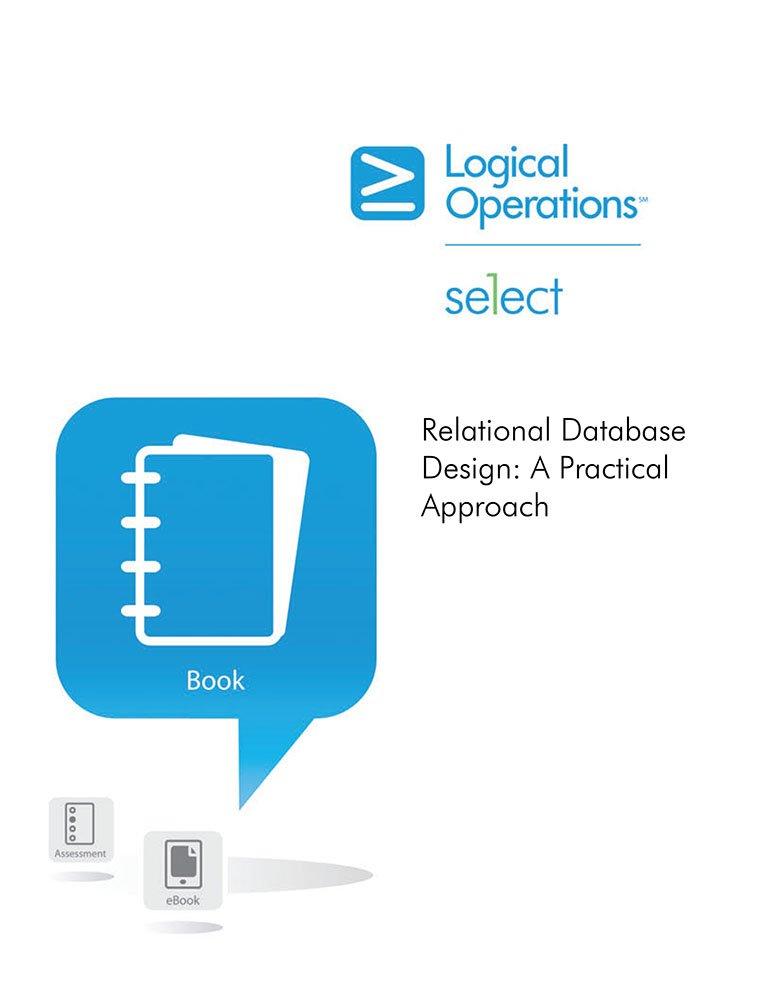Answered step by step
Verified Expert Solution
Question
1 Approved Answer
Overview In this project you will construct a Java GUI that uses event handlers, listeners and incorporates Java s concurrency functionality and the use of
Overview
In this project you will construct a Java GUI that uses event handlers, listeners and incorporates Javas
concurrency functionality and the use of threads. The following Oracle Tutorials may be useful to help
you become comfortable with Thread processes.
https:docsoracle.comjavasetutorialessentialconcurrency
In addition, a zip file is included that includes several Oracle Java files that use different types of GUI
components as well as threads. I recommend going through the reading above and GUI below and the
examples to become familiar before attempting the final project.
Java FX:
https:docsoracle.comjavafxgetstartedjfxpubgetstarted.htm
https:docsoracle.comjavafxuicontrolsjfxpubuicontrols.htm
https:docsoracle.comjavasejavaseclienttechnologies.htm
https:docsoracle.comjavafx
Java Swing Legacy:
https:docsoracle.comjavasetutorialuiswingindexhtml
Assignment Details
As a new engineer for a traffic congestion mitigation company, you have been tasked with developing a
Java GUI that displays time, traffic signals and other information for traffic analysts. The final GUI design
is up to you but should include viewing portspanels to display the following components of the
simulation:
Current time stamps in second intervals
Realtime Traffic light display for three major intersections
X Y positions and speed of up to cars as they traverse each of the intersections
Some of the details of the simulation are up to you but the following guidelines will set the guardrails:
The components listed above should run in separate threads.
Loop through the simulation with buttons providing the ability to start, pause, stop and
continue the simulation.
You will need to use basic distance formulas such as distance Speed time. Be sure to be
consistent and define your units of measure eg milehour versus kmhour
Assume a straight distance between each traffic light of meters.
Since you are traveling a straight line, you can assume Y for your XY positions.
Provide the ability to add more cars and intersections to the simulation through the GUI.
Dont worry about physics. Assume cars will stop on a dime for red lights, and continue through
yellow lights and green lights.
Document all assumptions and limitations of your simulation.
Submission Requirements:
Submit all of your Java source files each class should be in a separate java file These files
should be zipped and submitted with the documentation.
UML class diagram showing the type of the class relationships.
Developers guide describing how to compile and execute the program. The guide should
include a comprehensive test plan that includes evidence of testing each component of the
menu with screen captures and descriptions supporting each test. Documentation includes
Lessons learned.
Test Plan in table format: # Description, Screenshot, PASSFAIL
Your compressed zip file should be submitted to the Project folder in LEO no later than the due
date listed in the classroom calendar.
Step by Step Solution
There are 3 Steps involved in it
Step: 1

Get Instant Access to Expert-Tailored Solutions
See step-by-step solutions with expert insights and AI powered tools for academic success
Step: 2

Step: 3

Ace Your Homework with AI
Get the answers you need in no time with our AI-driven, step-by-step assistance
Get Started


